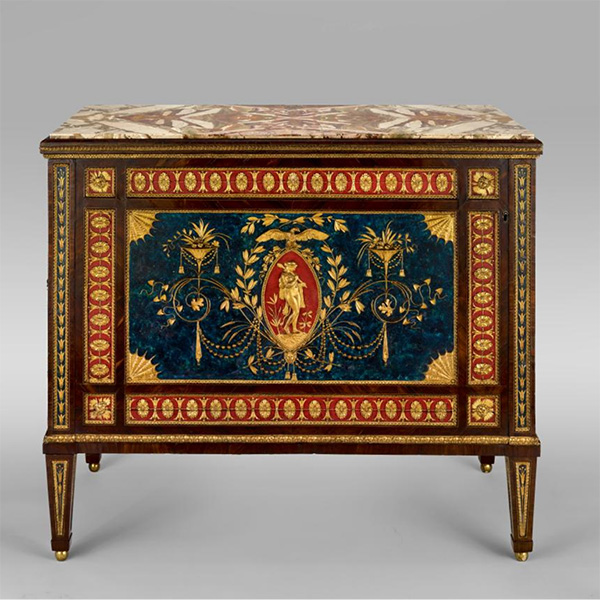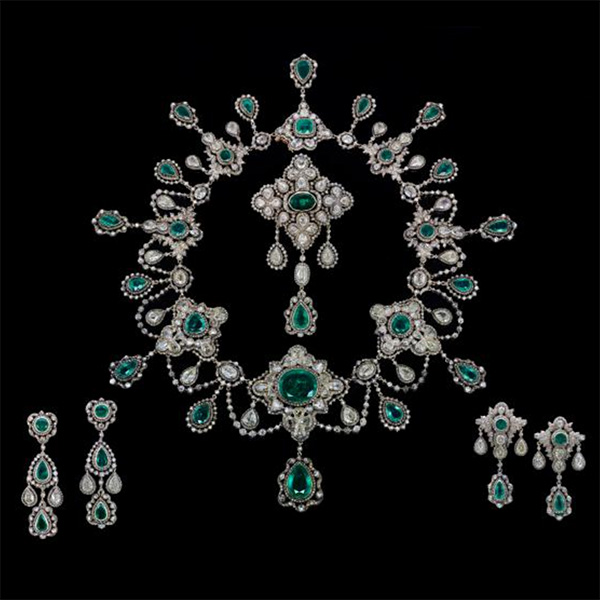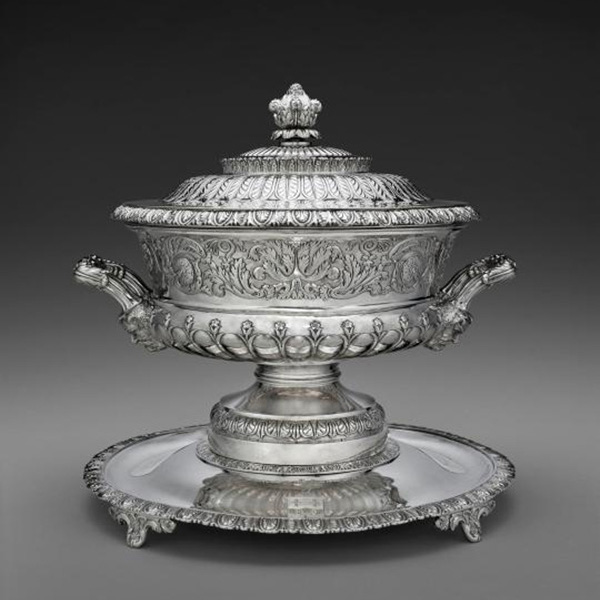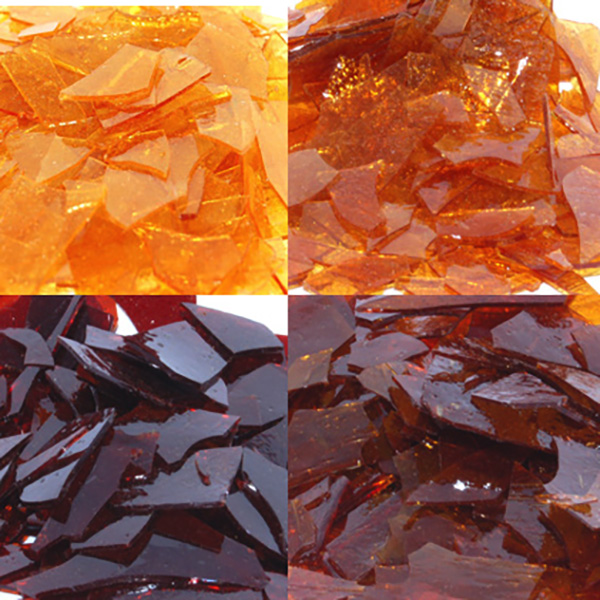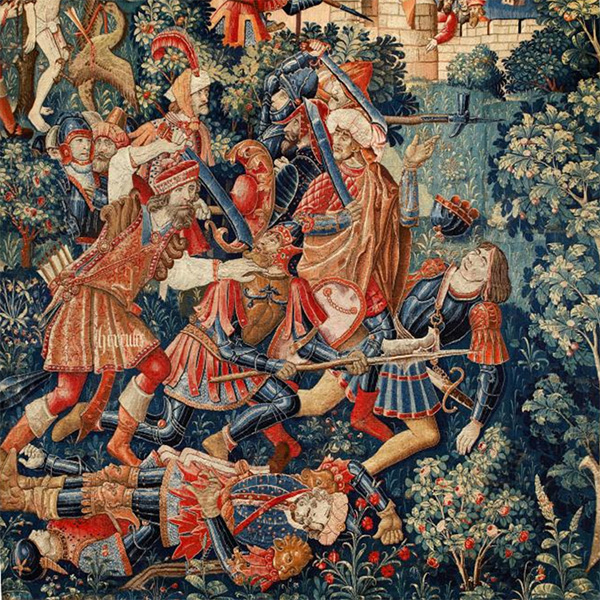
Turquoise is a hydrated phosphate mineral of copper and aluminum that has been prized for its bright blue color, although the color can vary from green to deep blue depending on the presence of other metal ions suchd as iron, which tends to make the mineral green. The basic formula is CuAl6(PO4)4(OH)8·4H2O and turquoise crystallizes in a triclinic crystal lattice. Notable deposits occur in Iran, the Sinai, and the Southwestern United States including Nevada, New Mexico, Arizona, and California. Like Silicate-based minerals agate and onyx, the compound is cryptocrystalline, meaning that it is normally composed of a collection of very tiny crystals, even at the microscopic level, and rarely forms high quality single crystals. As a result it is opaque in appearance rather than transparent, and is usually polished rather than cut with intricate facets. It has widely been used in jewelery and other decorative obects in the American Southwest and South America. The native Americans are particularly noted for the skilled craftsmanship in turquoise, as illustrated by the Navajo bracelet in the hearder image.
Shortcuts
Crystal Structure Data
- Turquoise: Cid-Dresdner H , Zeitschrift fur Kristallographie, 1965, 121 87 - 113.
Credits for the Header Image
- Blue massive turquoise in matrix with quartz from Mineral Park, Arizona, USA. Photograph by Aramgutang taken at the Natural History Museum, London, Public Domain.
- Pendant Depicting a Deity with the Body of a Stingray and the Head of a Human with Fangs 100 - 800 AD, Peru, Gold inlaid with turquoise and shell, from the Collection of the Museum of Fine Arts Houston, Public Domain.
- Bracelet, Navajo, 1900 - 1945, Silver and turquoise. from the Collection of the Museum of Fine Arts Houston, Public Domain.
Department of Chemistry

Houston, TX
6100 Main St., Houston, TX 77005-1827 | Mailing Address: P.O. Box 1892, Houston, TX 77251-1892 713-348-0000 |

